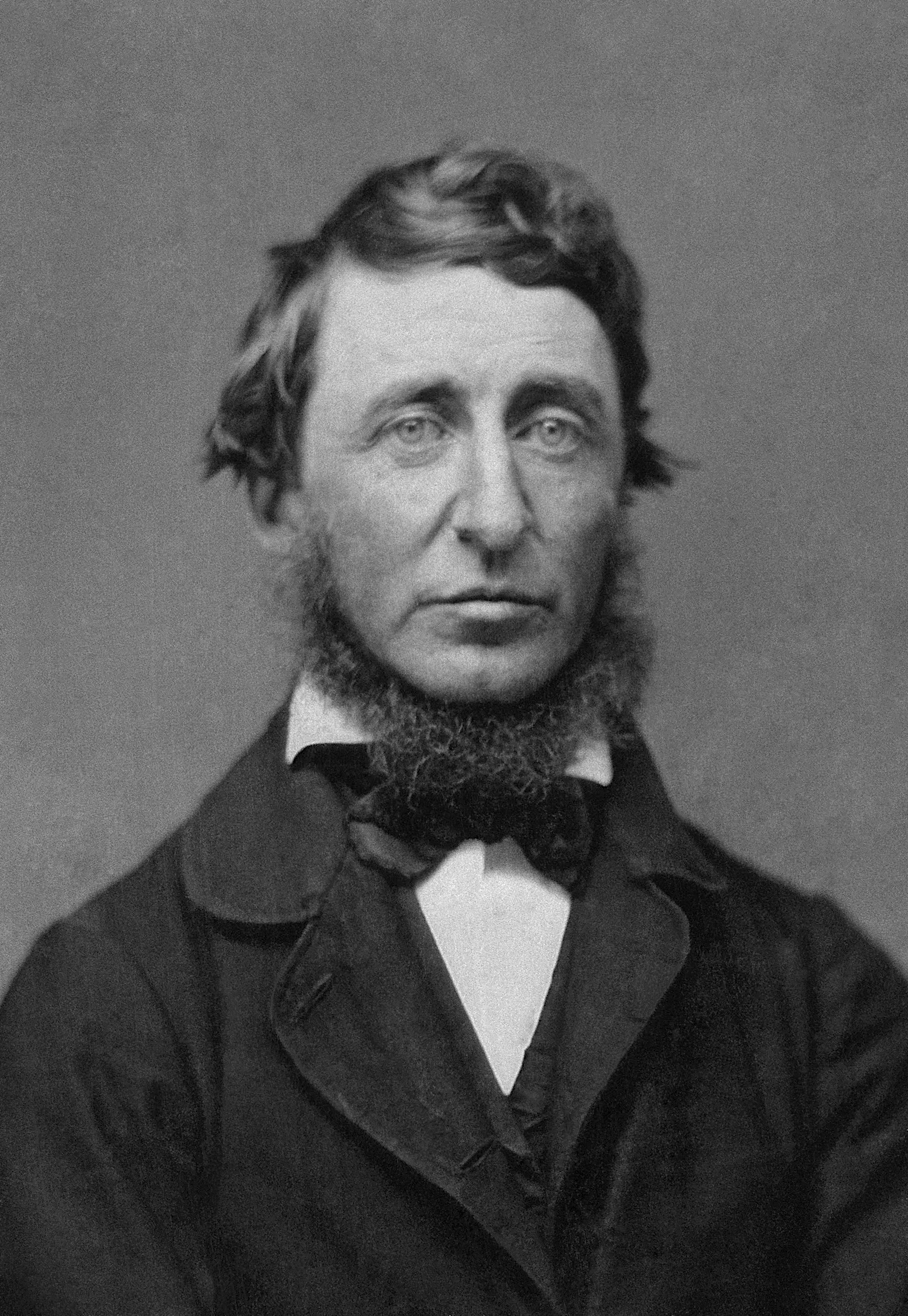|
C'est L'temps
C'est l'temps was a Franco-Ontarian civil disobedience movement in the mid-to-late-1970s over the lack of Ontario government services in French. Over two dozen people were arrested, as activists monopolised police time on trivial traffic infractions, refused to pay fines, and sabotaged computer systems. The movement led to a significant increase in French-language service accessibility and the Ontario justice system becoming officially bilingual in 1984 and then the French Language Services Act in 1986. Background In 1967, Ontario Premier John Robarts pledged to offer services in French following the Royal Commission on Bilingualism and Biculturalism, however, by the early 70s, and despite Robarts' successor Bill Davis, almost no progress had been made on the issue. At the same time, the separatist movement was gaining momentum in Québec Quebec ( ; )According to the Government of Canada, Canadian government, ''Québec'' (with the acute accent) is the official name ... [...More Info...] [...Related Items...] OR: [Wikipedia] [Google] [Baidu] |
Franco-Ontarian
Franco-Ontarians (french: Franco-Ontariens or if female, sometimes known as ''Ontarois'' and ''Ontaroises'') are Francophone Canadians that reside in the province of Ontario. Most are French Canadians from Ontario. In 2016, the Government of Ontario calculated that there are approximately 622,415 francophones residing in the province. The majority of Franco-Ontarians in the province reside in Eastern Ontario, Northeastern Ontario, and Central Ontario, although small francophone communities may be found in other regions of the province. The first francophones to settle in Ontario did so during the early 17th century, when most of it was part of the ''Pays d'en Haut'' region of New France. However, French settlement into the area remained limited until the 19th century. The late 19th century and early 20th century saw attempts by the provincial government to assimilate the Franco-Ontarian population into the anglophone majority with the introduction of regulations that promoted th ... [...More Info...] [...Related Items...] OR: [Wikipedia] [Google] [Baidu] |
Civil Disobedience
Civil disobedience is the active, professed refusal of a citizen to obey certain laws, demands, orders or commands of a government (or any other authority). By some definitions, civil disobedience has to be nonviolent to be called "civil". Hence, civil disobedience is sometimes equated with peaceful protests or nonviolent resistance. Henry David Thoreau's essay ''Resistance to Civil Government'', published posthumously as '' Civil Disobedience'', popularized the term in the US, although the concept itself has been practiced longer before. It has inspired leaders such as Susan B. Anthony of the U.S. women's suffrage movement in the late 1800s, Saad Zaghloul in the 1910s culminating in Egyptian Revolution of 1919 against British Occupation, and Mahatma Gandhi in 1920s India in their protests for Indian independence against the British Empire. Martin Luther King Jr.'s and James Bevel's peaceful protests during the civil rights movement in the 1960s United States contained impo ... [...More Info...] [...Related Items...] OR: [Wikipedia] [Google] [Baidu] |
